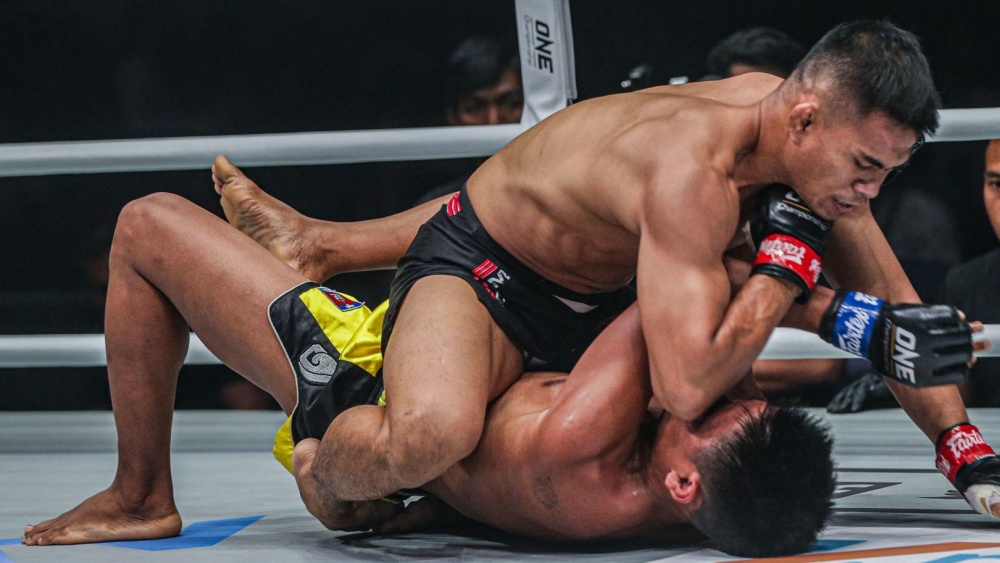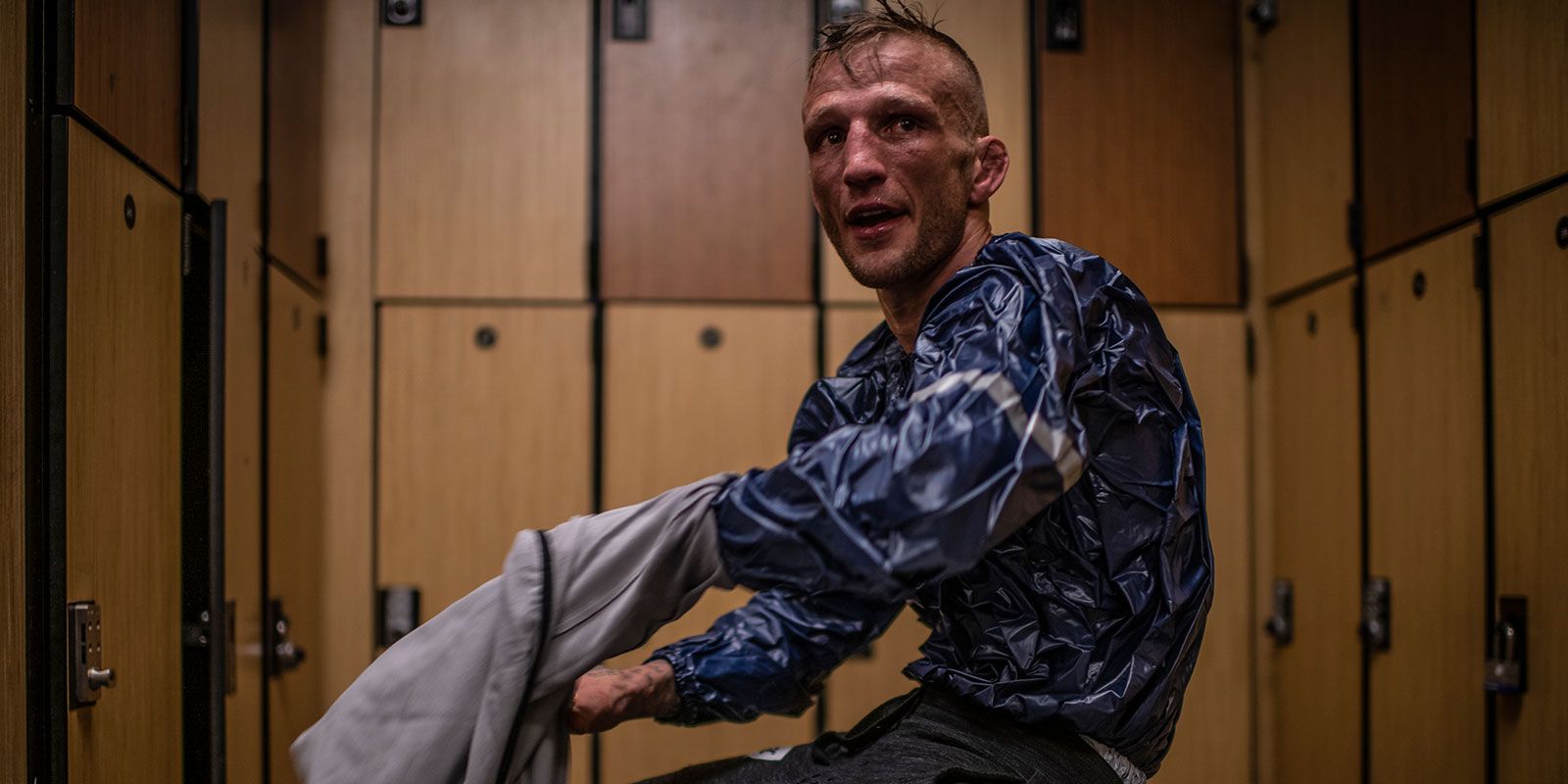UFC Rules You Didn’t Know
UFC rules you didn't know
Mixed martial arts may look wild and unpredictable, but the UFC actually abides by a strict set of rules. Many fans are familiar with basic guidelines, yet there are plenty of UFC rules you didn’t know even existed. These lesser-known MMA rules can be surprising – and they highlight just how much thought goes into fighter safety and fair play. In this article, we’ll explore some odd and obscure regulations that often fly under the radar. By the end, you’ll have a new appreciation for the UFC rules you didn’t know and the logic behind these surprising MMA regulations.
strange MMA rules
Obscure fighting rules
Strange MMA Rules (Odd UFC Regulations)
Even longtime fight fans might be shocked by some of the stranger rules on the books. One infamous example was the ban on “12 to 6” elbow strikes – bringing the elbow straight down like on a clock from 12 o’clock to 6 o’clock. For years, this downward elbow was illegal in the UFC due to an odd origin: commission officials once saw karate practitioners breaking concrete with downward elbows and deemed the move too dangerous. This rule led to the only loss on Jon Jones’ record (a disqualification for 12-6 elbows) and was long considered one of the weirdest regulations. Recently, however, the rule was finally overturned in 2024, removing this strike from the banned list. It’s a prime example of an odd UFC regulation that puzzled fighters and fans alike.
Another strange rule involves fighter attire. Unlike early UFC events where someone like Royce Gracie could wear a gi, modern UFC fighters must compete shirtless and barefoot – no exceptions. The Unified Rules forbid any kind of shoes, shirts, or long pants during a fight. Male fighters can only wear approved shorts, and female fighters wear shorts plus a sports top. You won’t see anyone wearing a traditional gi or wrestling shoes in the Octagon today. It might seem trivial, but this rule exists to prevent any attire from providing an unfair advantage (for example, shoes could improve traction for kicking or make submissions harder to apply). It’s one of those UFC rules you didn’t know about unless you read the fine print.

Little-known UFC rules
Obscure fighting rules
Obscure Fighting Rules (Uncommon UFC Rules)
Some regulations are technically in place but are so rarely used that most fans have never heard of them. One such uncommon UFC rule is the “timidity” foul. In the UFC, it’s actually illegal for a fighter to refuse to engage or purposely run away from the opponent. This means excessive stalling, continuously backpedaling, or evading action can be penalized by the referee. It’s a rule designed to keep fights entertaining and fair – though it’s seldom invoked. Only in extreme cases (like a fighter literally sprinting away or endlessly dropping the mouthpiece to stall) will you see a referee warn or deduct a point for timidity. It remains one of the UFC rules you didn’t know existed because most fighters come to fight, not flee.
Another obscure rule bans the use of abusive language or trash-talk during the fight. While fighters often chirp at each other, there’s a line they technically cannot cross. According to the Unified Rules, using abusive or insulting language in the cage is forbidden. In practice, referees give leeway to hype and adrenaline – a little talking is fine, but slurs or extremely unsportsmanlike insults could result in a warning. It’s fascinating that even words are regulated in a fist fight! This is certainly a surprising MMA regulation to most people, proving that respect is mandated even amid combat.
Fighters also have to be mindful of where they grab during a contest. Grabbing the fence to avoid a takedown is illegal, as is grabbing an opponent’s shorts or gloves to gain an edge. You’ve likely seen referees slap a fighter’s hand away from the cage – that’s because fence-grabbing is a foul that can earn a warning or point deduction. Similarly, a fighter cannot stick fingers inside an opponent’s gloves or trunks to hold them. These obscure fighting rules maintain fairness, preventing fighters from exploiting the environment or attire. They don’t often become talking points unless a fighter blatantly breaks them (for example, a dramatic fence grab that alters the fight’s outcome). Still, these are UFC rules you didn’t know were being enforced quietly in every match.

Illegal techniques MMA
Little-known UFC rules
Little-Known UFC Rules (Surprising MMA Regulations)
Beyond the obvious fouls, the UFC rulebook contains some lesser-known clauses and procedures. Did you know that only the referee (or doctor) can stop a fight? In boxing, a corner can throw in the towel to save their fighter – but in MMA, throwing in the towel isn’t an officially recognized method of stoppage. The referee is the sole authority who can halt the contest for a fighter’s safety. A corner may signal surrender (and commissions today will generally honor it), but historically if a towel was thrown in, it could even be considered illegal. This little-known rule is why you’ll rarely see a towel tossed in the Octagon. Coaches usually have to yell for the ref or inform the officials if they want to stop the fight. It’s a unique aspect of UFC regulation that many fans don’t realize. In essence, the UFC prefers the referee and medical staff to make the call on stoppages, not the fighter’s cornermen.
Speaking of referees and doctors, there are detailed rules for handling accidental fouls and injuries. One surprising MMA regulation is how a fight outcome is decided if an accidental foul (like an unintentional eye poke or low blow) ends the bout early. If a bout is stopped due to an accidental foul before a certain point (usually before the end of the second round in a three-round fight), it’s ruled a no contest; if it happens later, they might go to a technical decision on the judges’ scorecards. Most casual viewers aren’t aware of these technicalities until they see a fight end in bizarre fashion. For example, an accidental eye poke that makes a fighter unable to continue in Round 3 could lead to a technical decision based on who was ahead on points. It’s one of those UFC rules you didn’t know until a real scenario brings it to light.
Another rule that changed recently involves what counts as a “grounded opponent.” This is important because certain attacks (like kicks or knees to the head) are illegal against a grounded fighter. In the past, fighters would touch a hand to the canvas to claim “grounded” status and avoid getting kicked. To close that loophole, the definition was updated. As of the new Unified Rules, a fighter is only considered grounded if something other than the hands or feet is touching the floor. In other words, one hand on the mat no longer makes you grounded – you need a knee or backside down (or both hands down) to be protected from head kicks. This little-known UFC rule change caught some fighters and fans off guard. It’s a nuanced regulation, but it stops fighters from gaming the system by briefly putting a finger on the mat to evade strikes. If you weren’t paying attention to commission updates, that’s a UFC rule you didn’t know had evolved in recent years.

UFC rules you didn't know
Illegal techniques MMA
Banned Moves in UFC (Illegal Techniques in MMA)
Finally, let’s review the banned moves in UFC – many of which are common sense, but a few might surprise you. The UFC follows the Unified Rules, which list numerous illegal techniques MMA fighters must avoid. Here are some of the key fouls and forbidden moves:
- Headbutts: Using the head as a weapon is strictly prohibited. Fighters cannot deliver headbutts to any part of the opponent. This was a tactic in the wild early days of MMA, but today it’s completely banned due to the risk of serious injury.
- Eye Gouging: Any attack that targets the eyes, such as poking or gouging with fingers, is illegal. Fighters must be careful when reaching out with open hands – extended fingers near an opponent’s face can accidentally cause an eye poke, leading to warnings or penalties.
- Biting and Spitting: Sinking your teeth into an opponent (yes, it has happened) or spitting at them is forbidden. This rule hardly needs explanation – biting is a dirty tactic not allowed in any combat sport.
- Fish-Hooking: A particularly nasty foul where a fighter puts their fingers in an opponent’s mouth or nostrils and pulls, like hooking a fish. This is illegal in the and will result in immediate penalties. Fish-hooking can cause serious facial injuries, so it’s outlawed entirely.
- Hair Pulling: Fighters cannot grab and pull an opponent’s hair to control them. If a fighter has long hair, their opponent still can’t use it to their advantage. Hair pulling is an illegal move that can result in a foul call.
- Groin Strikes: Any strikes to the groin (low blows) are banned. Accidental groin shots are unfortunately common and usually result in a pause and warning, while intentional ones could cause a disqualification. No kicking, kneeing, or punching below the belt.
- Strikes to the Back of the Head or Spine: Blows to the back of an opponent’s head (the “rabbit punch”) or to the spinal column are not allowed. These areas are very vulnerable. Referees warn fighters to aim for legal targets and will penalize repeated infractions.
- Throat Strikes: Fighters cannot strike directly at the throat or grab the trachea. Chokes are legal, but you can’t gouge at the windpipe or strike the front of the neck. It’s another safety rule to prevent severe injury.
- “12-6” Elbows: As mentioned earlier, a straight downward elbow strike was long banned in the UFC. (This has been a notable illegal technique, although the rule was recently abolished in late 2024.) Historically, throwing a 12-6 elbow could get a fighter disqualified. Many fans didn’t know this UFC rule until they saw it cause a controversial DQ in a fight. Now that it’s legal under the updated rules, we may finally see fighters add this strike to their arsenal without fear of penalty.
- Kicks or Knees to the Head of a Grounded Opponent: In the UFC, you cannot soccer-kick or knee an opponent’s head when they’re on the ground. If a fighter has a hand, knee, or any part of their body other than their feet on the canvas, their head is off-limits for kicks. This rule distinguishes the UFC from some other organizations (like PRIDE in the past) that allowed soccer kicks. It’s intended to protect fighters who are downed and in a defenseless position.
- Stomping a Grounded Opponent: Stomps – raising a foot and stamping down – are illegal on a grounded fighter. (Foot stomps on a standing opponent’s feet are legal, but stomping a downed foe is not.) This prevents extremely dangerous blows to a downed fighter’s head or body.
- Small Joint Manipulation: Fighters are not allowed to twist, bend, or break small joints like individual fingers or toes. They can grab an opponent’s hand to defend a choke, for example, but they can’t start yanking one finger. It’s a subtle rule, but it stops fighters from intentionally snapping digits, which could end a fight unfairly.
- Grabbing Clothing or Fence: As noted, grabbing the cage fence or the opponent’s shorts/gloves is illegal. These aren’t exactly “moves,” but they’re fouls that can affect a fight. A fighter who clings to the fence to stop a takedown or tugs on the opponent’s shorts to hinder movement is violating the rules. Referees will issue warnings or deduct points for these infractions to keep the contest fair.
As you can see, the list of banned moves in the UFC is quite extensive. These rules cover anything that would give an unfair advantage or cause grievous harm beyond the scope of a sporting contest. While MMA is a tough, full-contact sport, it’s not a no-holds-barred brawl – illegal techniques in MMA are taken very seriously. Referees are trained to spot these fouls and will stop the action if any occur, giving warnings or taking points as needed. In extreme cases or repeated offenses, a fighter can even be disqualified for breaking the rules.

Lesser-known MMA rules
UFC rules you didn't know
The UFC’s rule set is much deeper than most people realize. From bizarre legacy rules like the 12-6 elbow ban to obscure fouls like timidity or profanity, there are plenty of UFC rules you didn’t know until now. These regulations, strange as some may seem, all serve a purpose: keeping fighters safe, maintaining fairness, and preserving the integrity of the sport. Next time you watch a UFC event, you’ll have a sharper eye for these lesser-known MMA rules at play. The drama of a fight isn’t just in the punches and kicks – it’s also in the rules that govern what fighters can and cannot do. Knowing these behind-the-scenes rules adds a new layer of appreciation for mixed martial arts. After all, the best fights happen when both athletes abide by the code, and victory comes from skill, not exploiting loopholes. With this knowledge, you’re no longer in the dark about those UFC rules you didn’t know before – a true MMA aficionado is always aware that even in chaos, there is order.
Banned moves in UFC
MMAailm.ee is a premier MMA blog committed to delivering comprehensive analysis, up-to-the-minute news, and exclusive insights into the global landscape of mixed martial arts. Catering to passionate MMA enthusiasts worldwide, MMAailm.ee covers everything from fight night breakdowns and athlete performances to technical evolutions and behind-the-scenes narratives. Our mission is to bridge the gap between fans and the ever-evolving world of MMA through timely information and engaging content.




